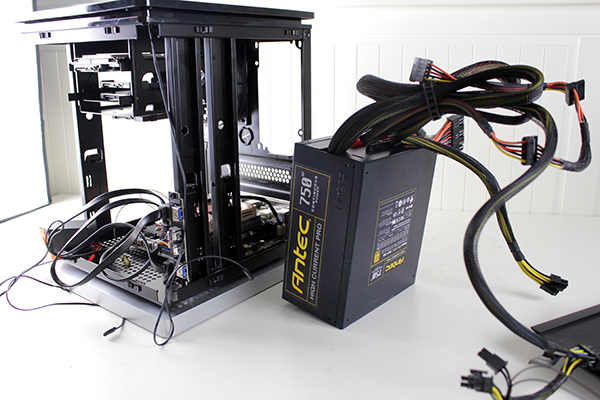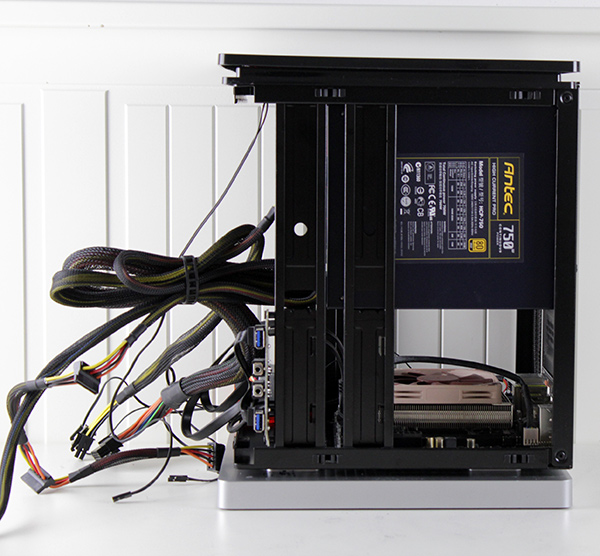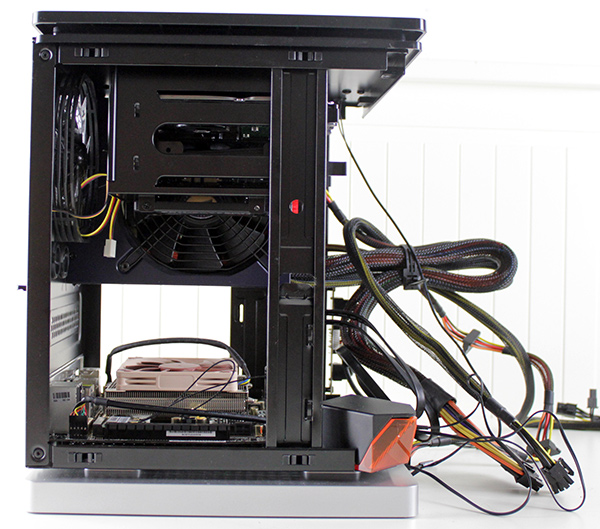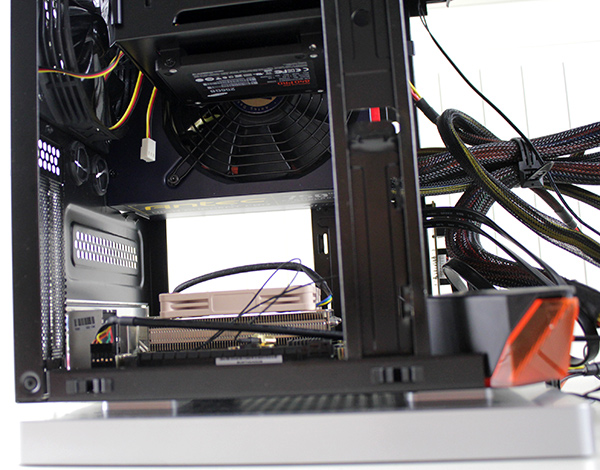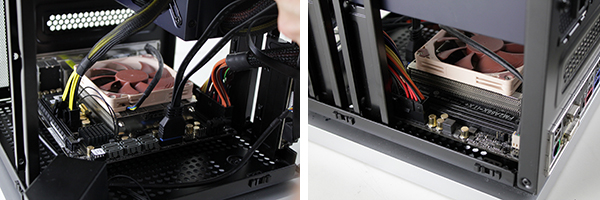Index
The Nebula chassis is good choice for a wide range of users. It looks good enough to be used for a powerful HTPC setup in your living room, it won't look out of place in the office and even gamers could use it to put together a compact mini-ITX rig. There are, however, a number of limitations. The CPU cooler cannot exceed 80mm and the graphics card can't be too long, either.
The motherboard slides into place easily and it is attached using four standoff mounts. Mounting the CPU cooler prior to installation is a good idea, as there is not too much room at the top.
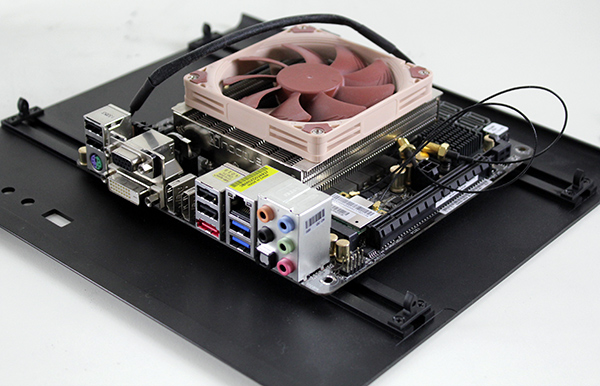
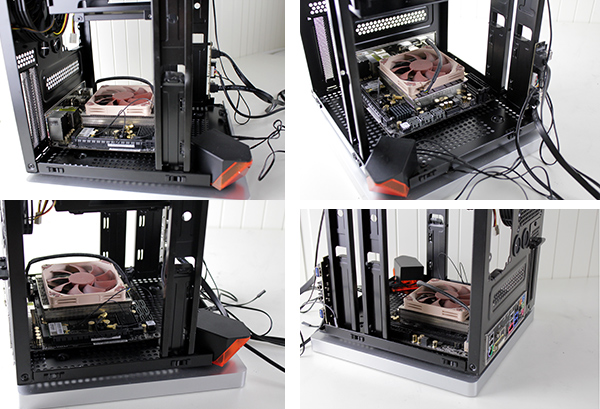
The HDD cage comes preconfigured with a metal tray that can house two 2.5-inch drives.
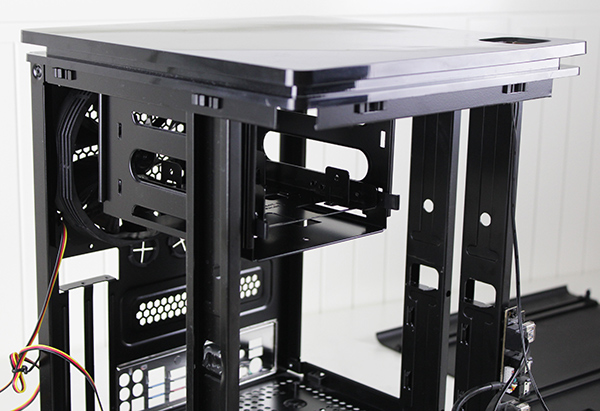
The trays work as advertised. You simply need to follow instructions, mount the necessary plastic components on the drive and simply slide it in.
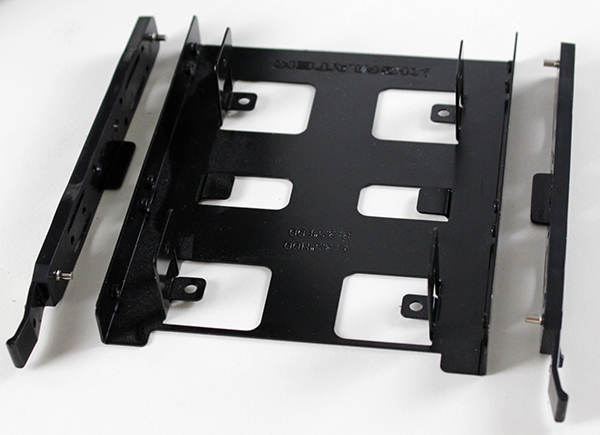
The first 2.5-inch drive is screwed from the bottom, while the second one is screwed in place from the side. The screws are shipped with the chassis.
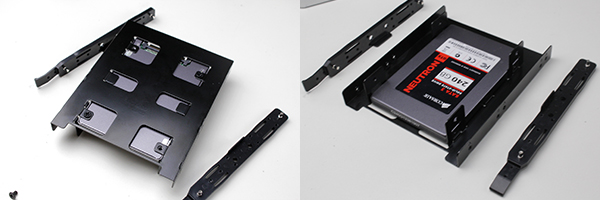
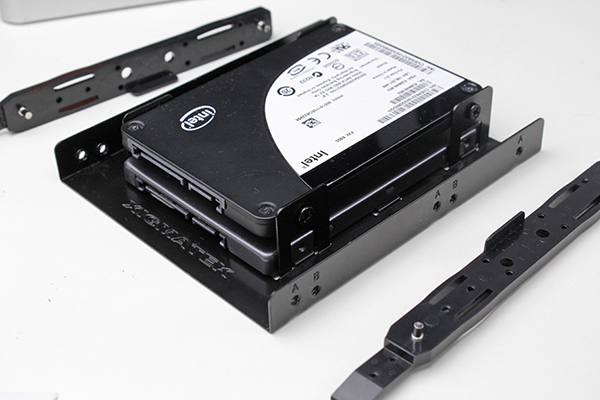

In case you plan on using two 3.5-inch drives, the spec will tell you that this is only possible if no 2.5-inch drives are used. However, we found another 2.5-inch bay that is not listed in the official spec. It is located at the bottom of the HDD cage. With this forgotten 2.5-inch mount, it is possible to install a 2.5-inch SSD and two 3.5-inch drives, which is good news for RAID lovers.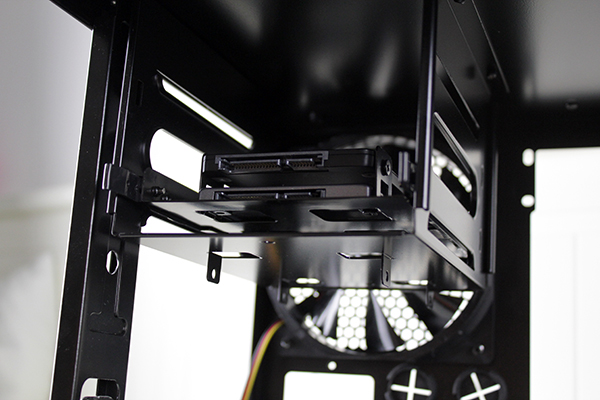
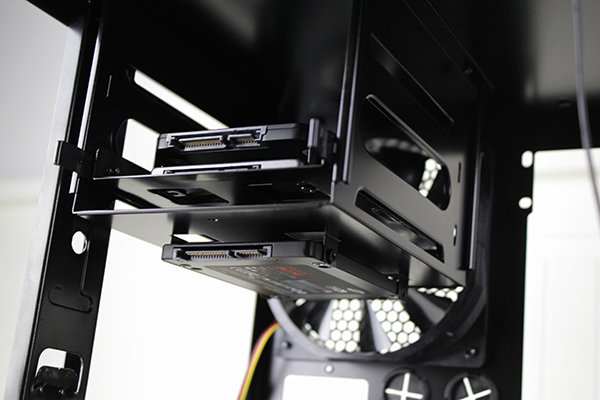
In total, the Nebula can accommodate four drives.
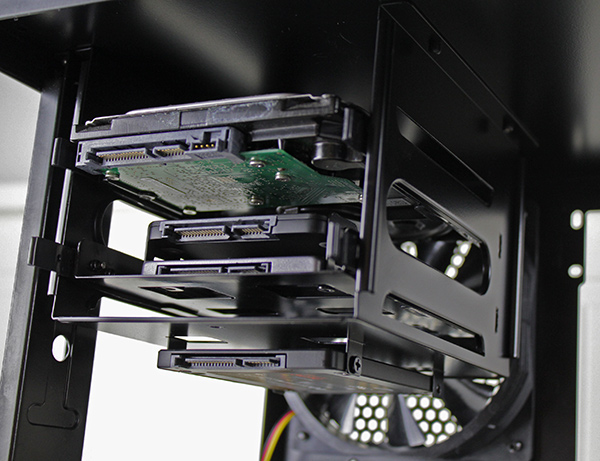
Since the Nebula uses standard ATX PSUs, it is possible to install a very powerful unit. We suggest a modular one. It is better for cable management and since this is a compact chassis, there is not that much space to waste.
We had no trouble using an Antec PSU measuring 86 mm (H) x 150 mm (W) x 180 mm (D). The PSU should be mounted carefully, since there is not a lot of room for manoeuvre and it is easy to scratch the PSU or the chassis in the process.
